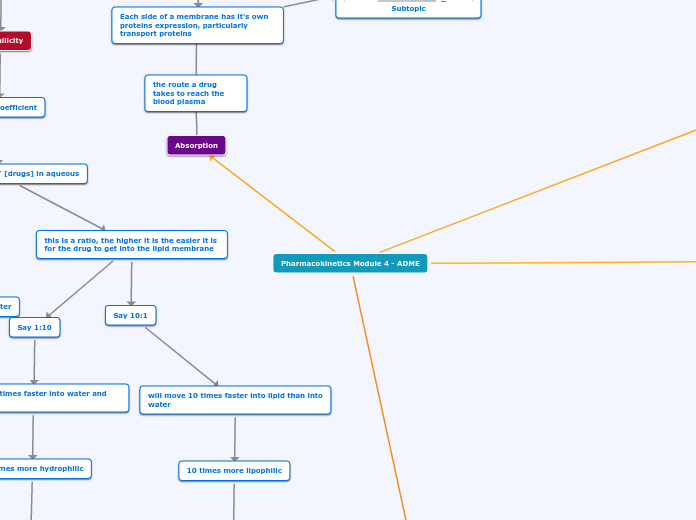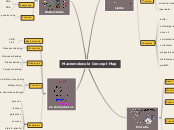door Camden Baucom 6 jaren geleden
203
Macromolecules
Large biological molecules, or macromolecules, play essential roles in the structure and function of living organisms. Proteins, constructed from amino acids linked by peptide bonds, are involved in various functions such as enzymatic reactions, immune response, movement, and hormonal regulation.









